Purpose
In this exercises delegates learn to use analogies to find novel solutions to problems. Specific analogies are examined and mapped to a problem domain for inspiration of similar unique solutions.
Objective
Get inspired by an analogy and apply it to a problem.
What You Need
- Papers
- Analogy example provided below as a handout.
Setup
- Divide the delegates to groups of 3 or 4 people.
- Ask the delegates to think of three analogies or stories. An example is given below.
- Ask them to write these analogies on paper. Allocate 10 to 15 minutes for this stage.
- Ask them to think of a problem they like to solve. You have the option to define the problem for them.
- Ask each group to pass one analogy to the group on their left, one analogy to the group on their right and one analogy to any other group they like as long as all groups end up having one analogy.
- Ask the groups to use the analogies to solve their problems.
- Allocate 15 minutes.
- Get everyone back and ask them to share their discussions and potential solutions.
- Follow with a discussion.
Timing
Explaining the Test: 5 minutes.
Activity: 15 min + 15 min + 10 presentations = 40 minutes
Group Feedback: 10 minutes.
Discussion
Did you find novel solutions directly as a result of the analogies? Did analogies inspire you of something else which in turn led you to find the solution? Did you find a solution based on your original analogies that you gave away probably because of unconscious bias?
Analogy Case Studies
Problem:
A doctor wanted to operate on a tumour. He wanted to use laser to eliminate all the affected cells and he had to make sure he got them all. However, the laser beam could also damage the adjacent cells. The tumour was large and had to be taken out all in one operation, though the continuous use of the laser was bound to affect healthy tissues as well. What could the doctor do?
Analogy:
A general wanted to capture a castle. The castle was equipped with cannons and could easily target any advances and blow up armies at ease. The more concentrated the army, the worst the problem. The general knew that the best way to capture the castle was to accumulate all his resources and attack it in a single operation, though he was afraid that any concentration of this forced will be faced with lethal cannons. He didn’t want to risk his soldiers so soon in the invasion and allow them to get de-motivated before even reaching the castle walls!
One day, it suddenly occurred to him what he needed to do. He decided that instead of sending his entire army in one operation and risk fatalities, he could divide his army into battalions and send them as smaller waves one after another. Now the cannons couldn’t reach all of them as the invasion force was not as concentrated as before, but they could still all accumulate on the castle walls and put pressure on the enemy. Indeed, he carried out his plan and captured the castle in record time with minimum casualties.
Comments
By Francisco Basili @ Wednesday, December 2, 2009 1:11 PM
Text isclear and idea is easy to catch. I did not see the power point presentation
Soft Skills Training Materials
Get downloadable training materials
Online Train the Trainer Course:
Core Skills
Learn How to Become the Best Trainer in Your Field
All Tags
Training Resources for You
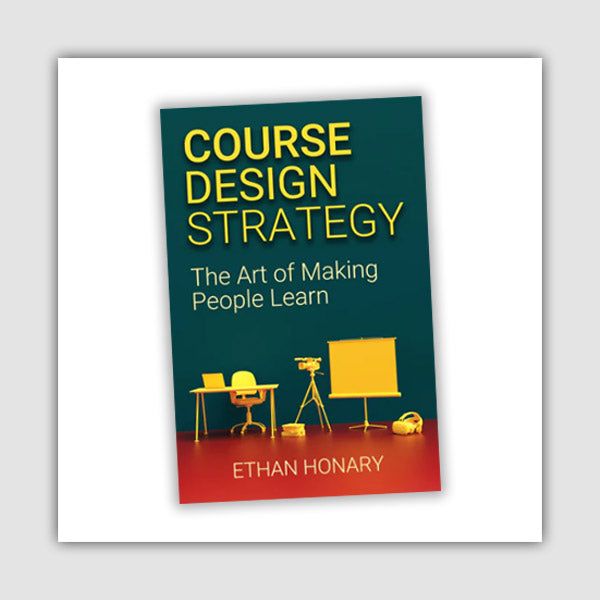
Course Design Strategy
Available as paperback and ebook

Free Training Resources
Download a free comprehensive training package including training guidelines, soft skills training activities, assessment forms and useful training resources that you can use to enhance your courses.

Our Comprehensive Guide to Body Language

Train the Trainer Resources
Get Insights - Read Guides and Books - Attend Courses
Training Materials
Get downloadable training materials on: Management Training, Personal Development, Interpersonal Development, Human Resources, and Sales & Marketing








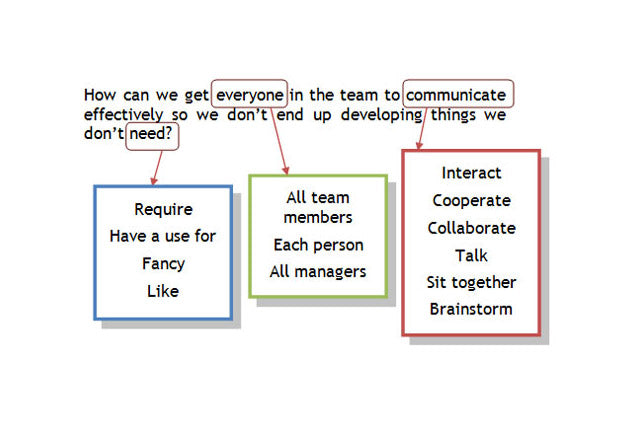
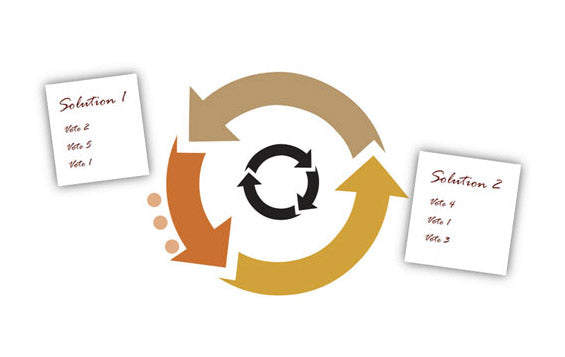
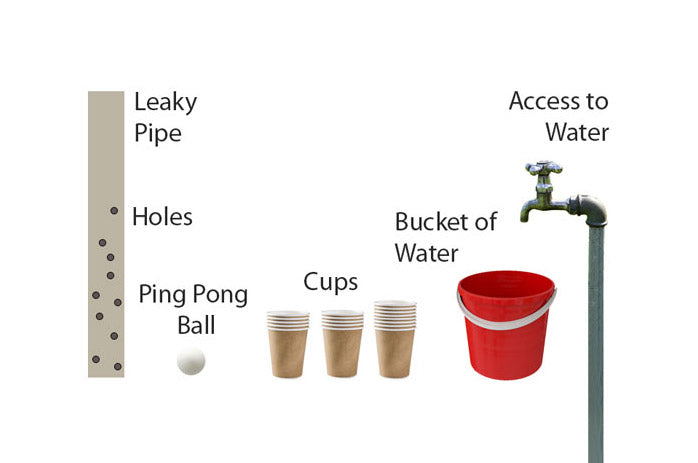
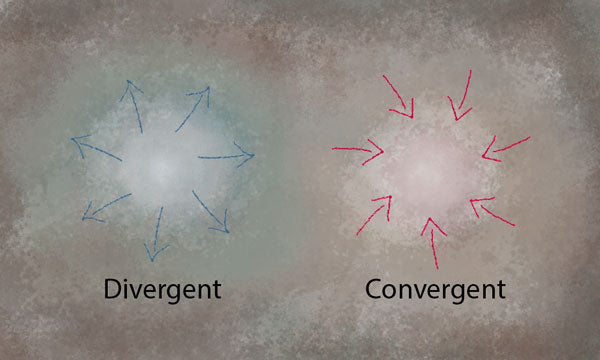
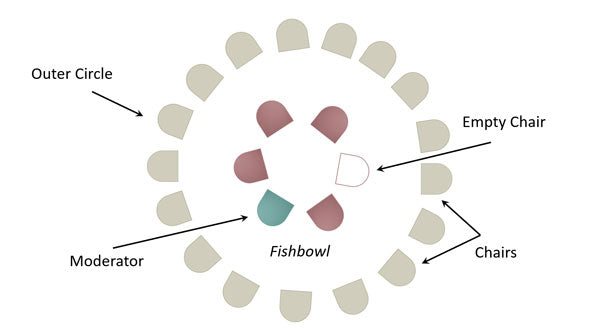

Leave a comment
All comments are moderated before being published.
This site is protected by reCAPTCHA and the Google Privacy Policy and Terms of Service apply.